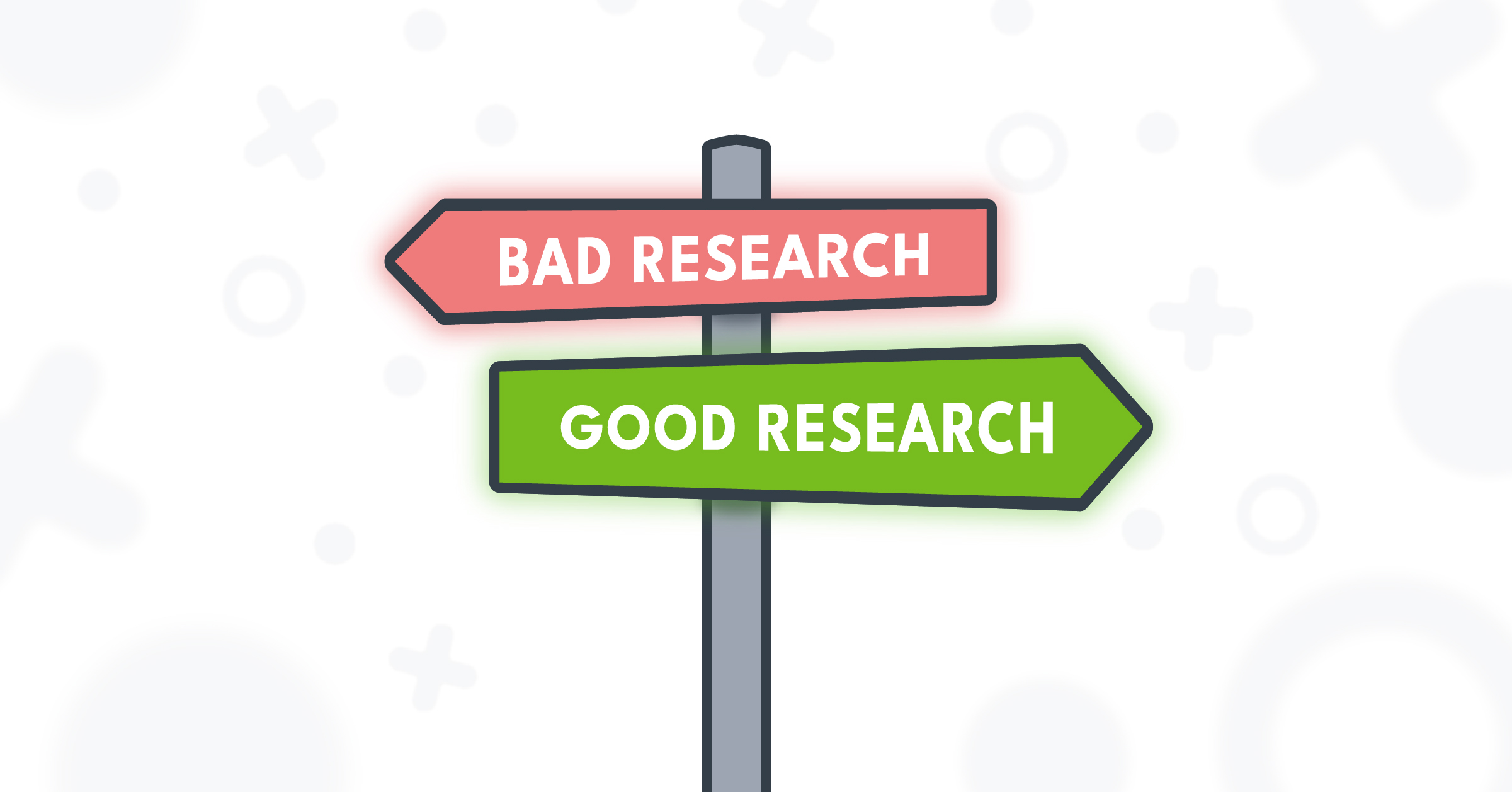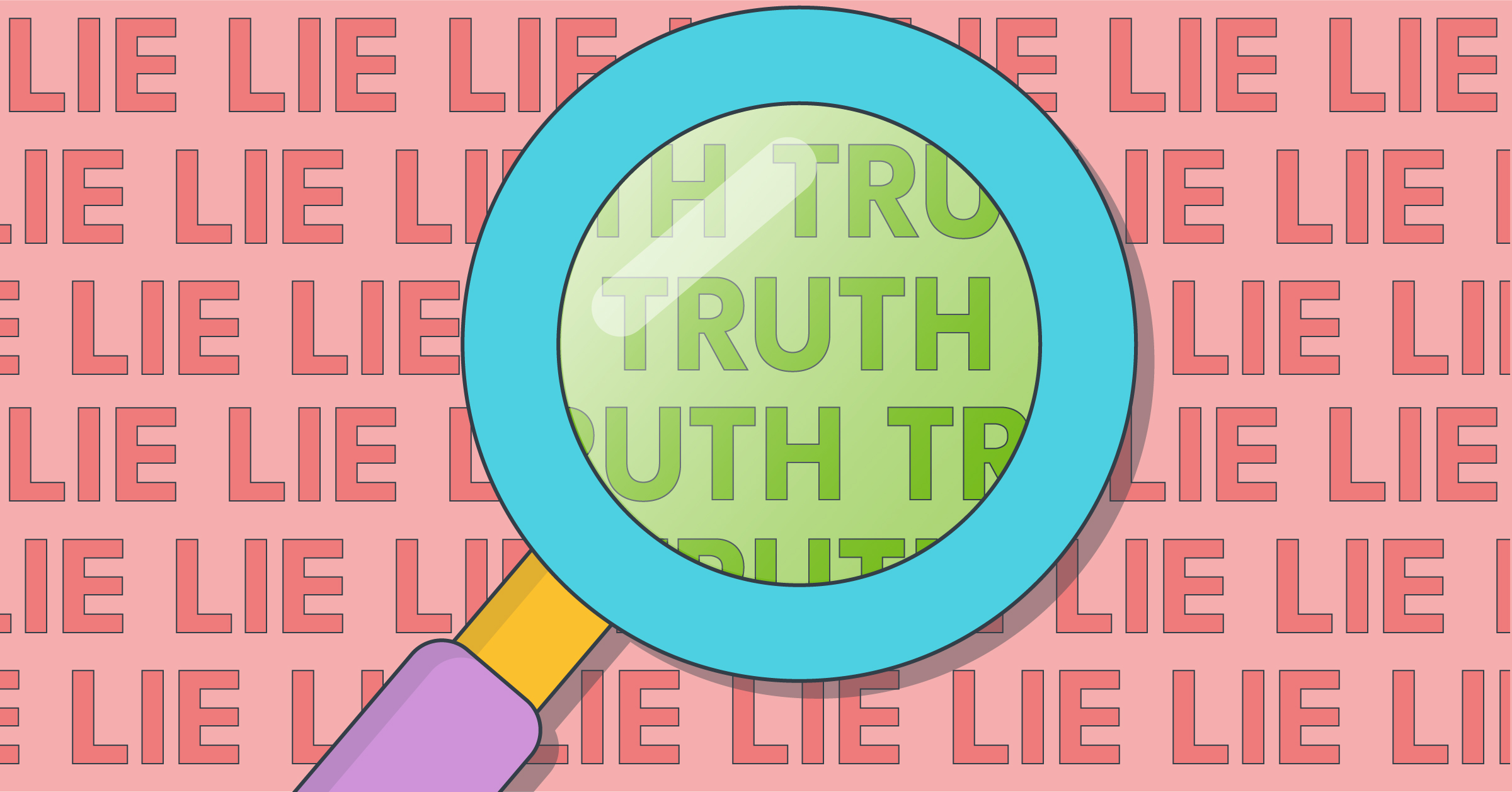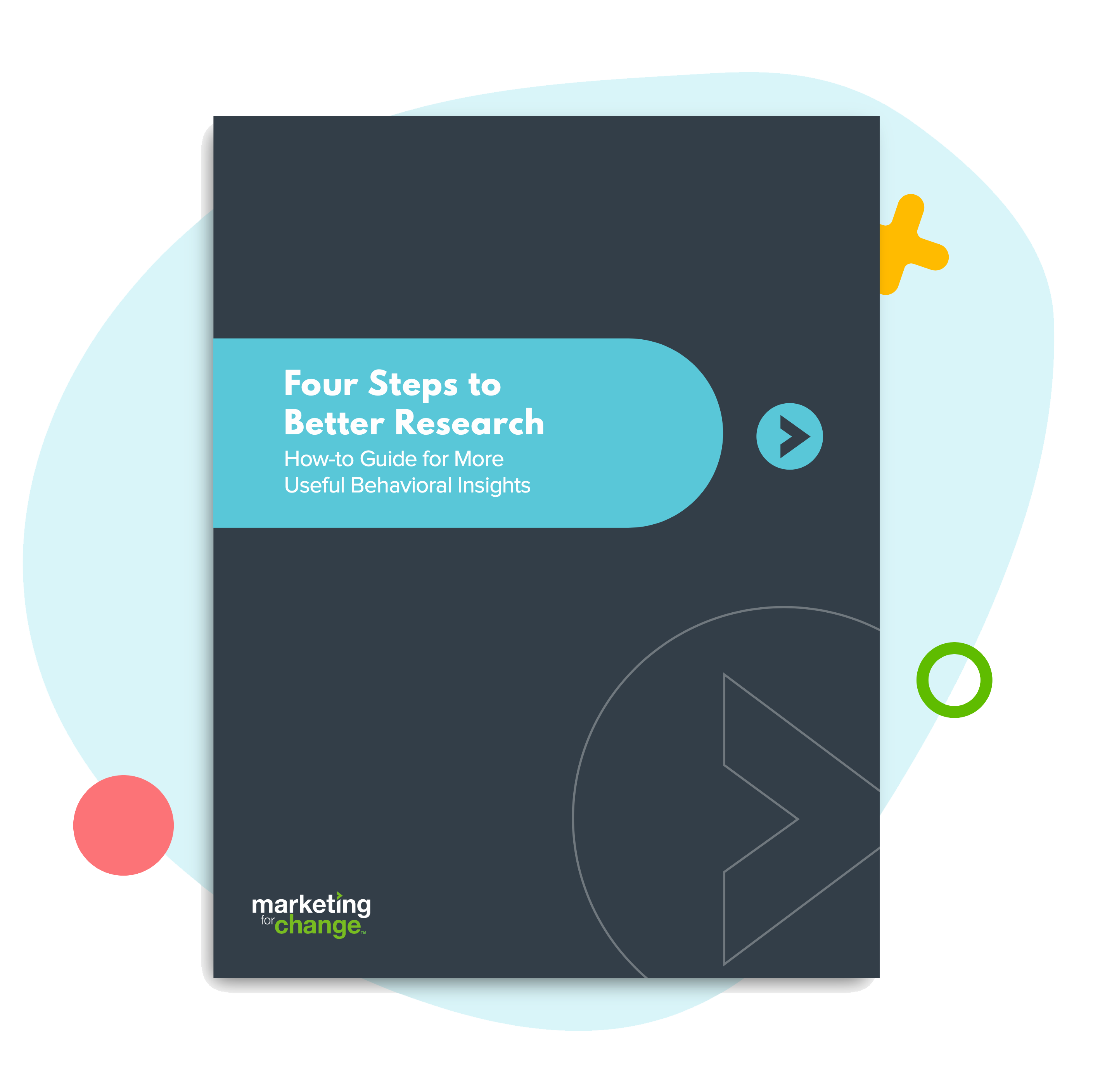
How to Use Data to Supercharge Your Campaign
A few years ago, data overtook oil as the world’s most valuable resource. Now it’s everywhere. Every little move people make, especially in the digital space, is measured and carefully stored away, like oil in a barrel. And like oil, we need to refine the raw material to take full advantage of the juicy value it holds. Data is a form of potential energy — you just need to find a way to put it to work.
 These days, almost all marketing campaigns include at least some digital assets: social media accounts, email marketing, media buys, and a website. Some may even have done the leg work to determine who their audience is and what behavior (or conversion) they want them to take, online or off. Each of these pieces, when correctly configured, can provide a ton of data. Clicks, bounces, impressions — all great data points that are ready to go.
These days, almost all marketing campaigns include at least some digital assets: social media accounts, email marketing, media buys, and a website. Some may even have done the leg work to determine who their audience is and what behavior (or conversion) they want them to take, online or off. Each of these pieces, when correctly configured, can provide a ton of data. Clicks, bounces, impressions — all great data points that are ready to go.
But if you want more out of your data, you’ll need to make a commitment to refine it. Set campaign goals (KPIs), plan a meeting to look at the data, and include people who can tell you if the number you are looking at is high or low compared to industry standards. Now your data becomes far more useful information.
If you are developing or revamping a website as part of your campaign, you can build on your information gathering and boost campaign performance by implementing an agile development process.
Building a website is a lot like deciding you want a brand new car.

This is a perfect car. It has all the features you could possibly want. Looks great, it’s fast, and you are absolutely sure it will get you to where you want to be. You commission the development of the car — build the wheels, the axle, the frame, the interior, and after investing your campaign’s time and money, you roll your new car out for all to see!

Let’s pose a few questions: what was your audience doing during development? Did you learn anything about the success or failure of your campaign? What happens if your audience hates the car? What if they really wanted a bike, scooter, bus, airplane, rocket ship? What if they really just wanted to walk??? At this point you really don’t have a choice. You are stuck with that car. Man, your audience better love it…
There is a better way. Forget the car — let’s find our skateboard.
Skateboards are cheap. You can build them in a fraction of the time and cost of a car. They aren’t perfect and have few features. However, you can get a skateboard in front of your audience much sooner and start to gather information about how they use them. Maybe your audience just needed a simple way to push themselves a few hundred yards down a street. In that case, you are done! Maybe you find out your audience really needed one of Elon Musk’s Big Falcon Rockets. In that case, good thing you found out before investing everything in your car which would have fallen far short of their needs and left your campaign out of money and time.
That’s not to say that finding your skateboard is easy. You wanted a car! How can you whittle down all the amazing features of a car to get to a skateboard? It can be hard to boil your beautiful vision for your website down to bare bones, leaving only the absolutely critical pieces. Often this means skipping fancy graphics or massively simplifying must-have features. One thing to help make it easier — and all the big tech companies out there will absolutely agree — you do not know your audience as well as you think you do. Recognize that your campaign will take time and that you can learn from your audience instead of making expensive assumptions about their needs. Make a commitment to a learning-based development process, building your website in a series of rapid sprints. Start by building and deploying basic features quickly. Then learn from your audience, and make changes that fit their needs. If you fail, fail fast!

 Let’s say you’ve built your skateboard, got it to market, and have gathered information about how your audience uses it. Perhaps the information (bounce rates, conversions, etc.) shows you’re getting great feedback and are meeting all your goals. Then you’re done, ahead of time and under budget! Or maybe the information shows that your users might want a way to steer the skateboard, so you experiment and build a kick scooter. Next time around you learn they want a seat, so you build a bike. Now they don’t want to pedal any more, so you build a motorcycle. One sprint after another and you start piling up information on your audience, contextualizing it with meaning, synthesizing the information into facts and theories on how your audience acts and thinks. You have graduated to a new level – you now have knowledge.
Let’s say you’ve built your skateboard, got it to market, and have gathered information about how your audience uses it. Perhaps the information (bounce rates, conversions, etc.) shows you’re getting great feedback and are meeting all your goals. Then you’re done, ahead of time and under budget! Or maybe the information shows that your users might want a way to steer the skateboard, so you experiment and build a kick scooter. Next time around you learn they want a seat, so you build a bike. Now they don’t want to pedal any more, so you build a motorcycle. One sprint after another and you start piling up information on your audience, contextualizing it with meaning, synthesizing the information into facts and theories on how your audience acts and thinks. You have graduated to a new level – you now have knowledge.

Lastly, let’s get to the top of the pyramid. Over time, many campaigns and many experiments later, you start to gain insight into who your audience really is. In some cases, like a few social media companies that you can probably guess, you might get to a point where you know your audience better than they know themselves (strictly on how they interact with your digital assets, of course). This leads to philosophies, truths, expertise. A real understanding of the digital space and how you can put it to use. You now have wisdom.
Data is a beautiful thing. It is the most valuable commodity for a reason. But like oil, stuck in the ground in its raw state somewhere far away without a solid refining process, it’s basically useless. By combining digital strategy and agile development, not only can you avoid the big disaster by building a car no one wants to drive, you can supercharge your campaign, build something your audience has taught you they will actually use and, maybe, get to the point where you have truly powerful wisdom.





